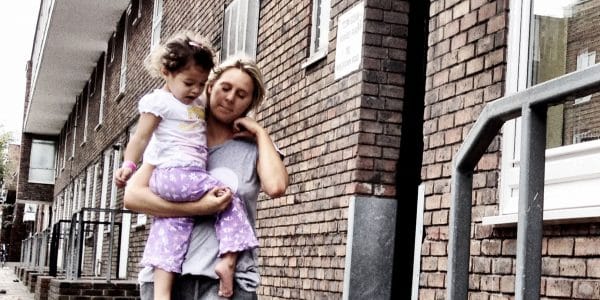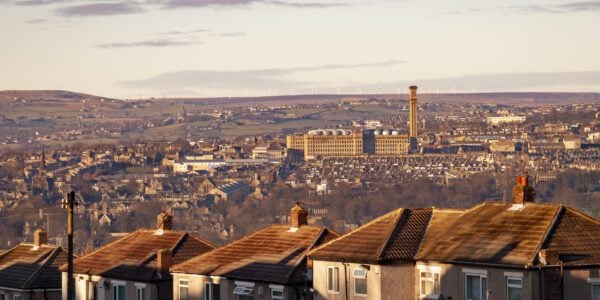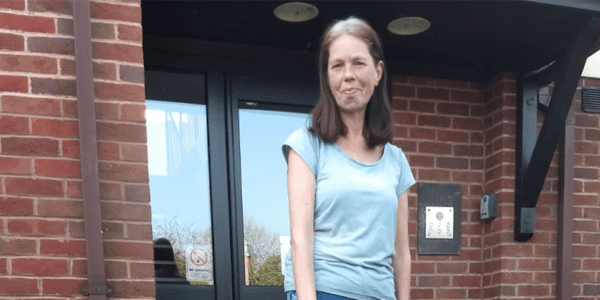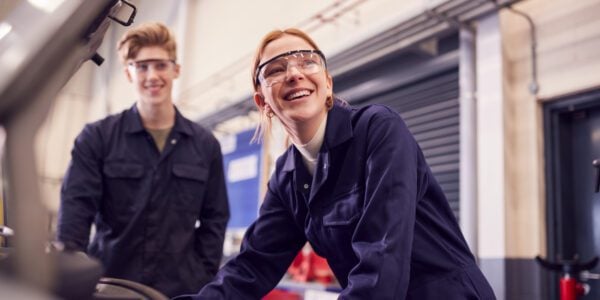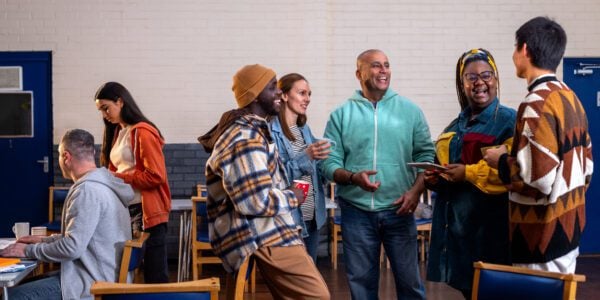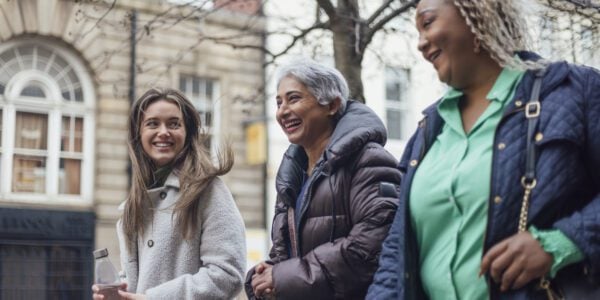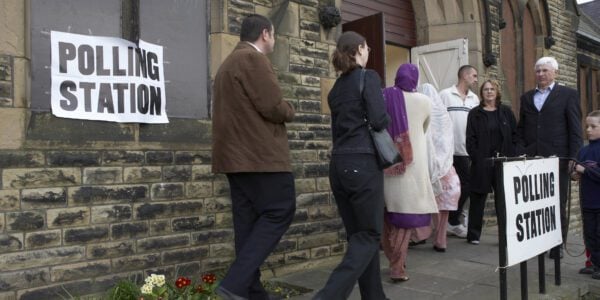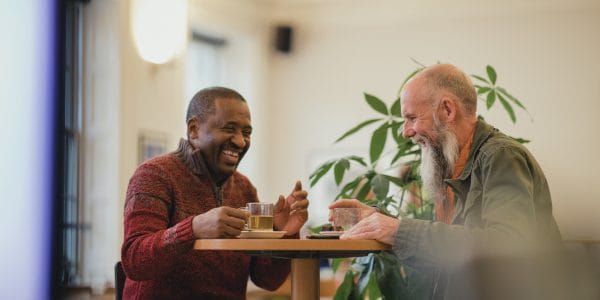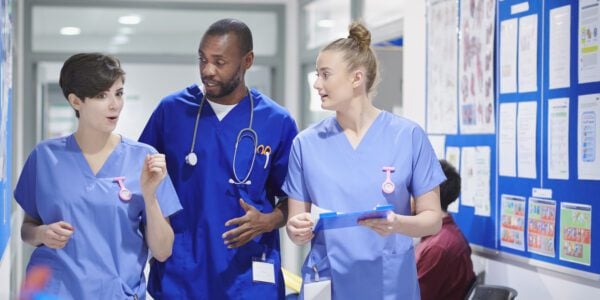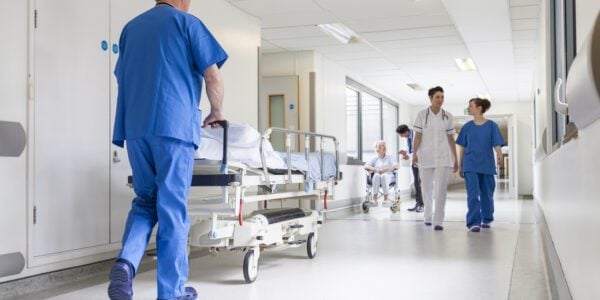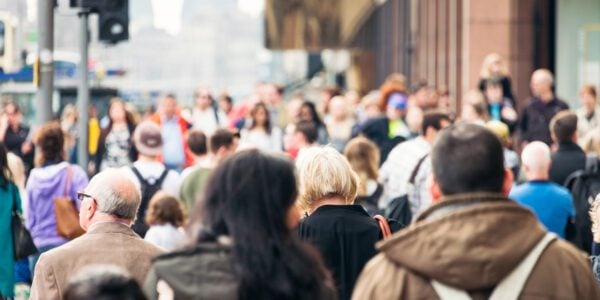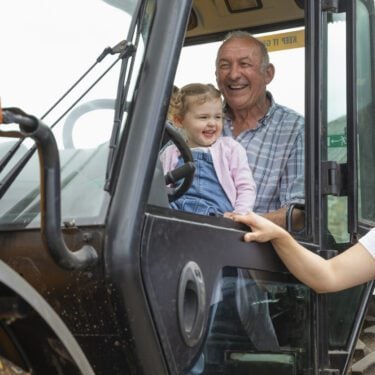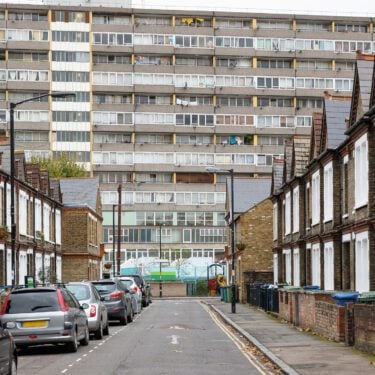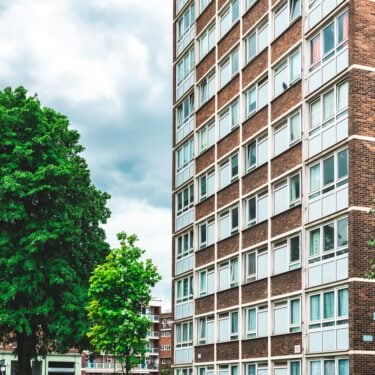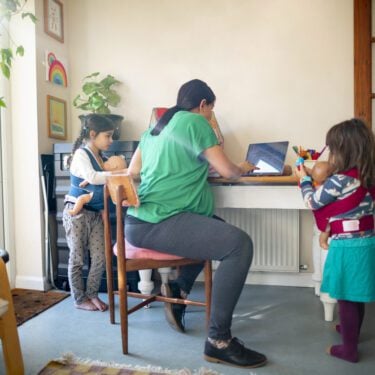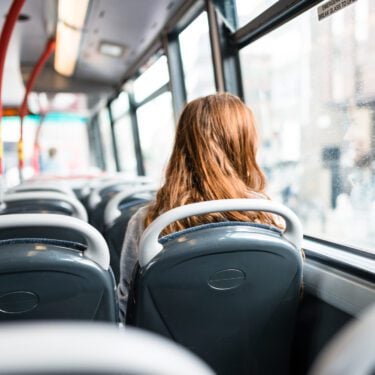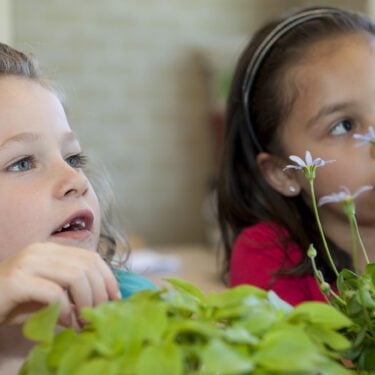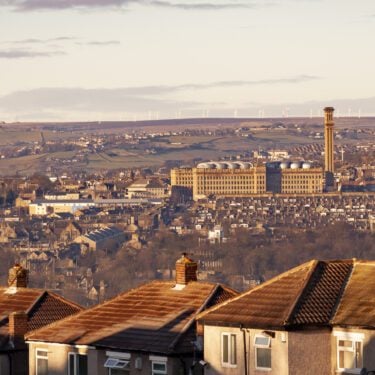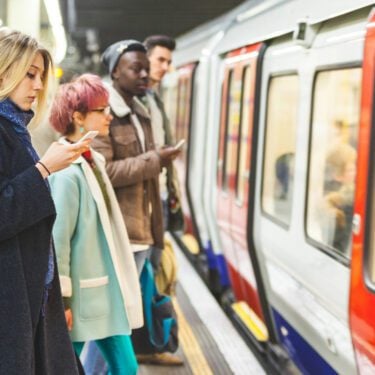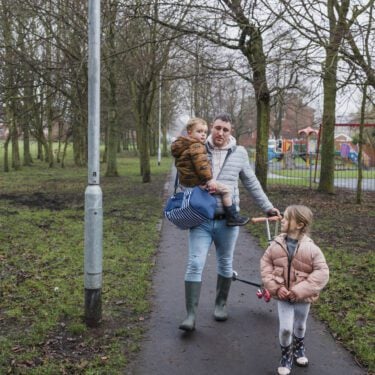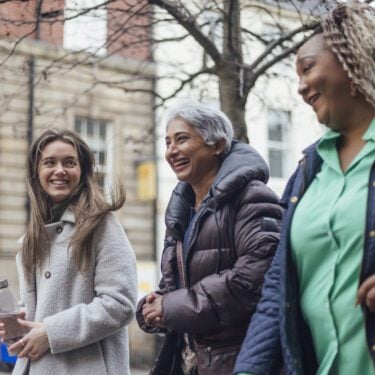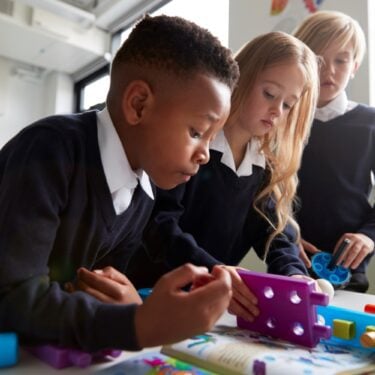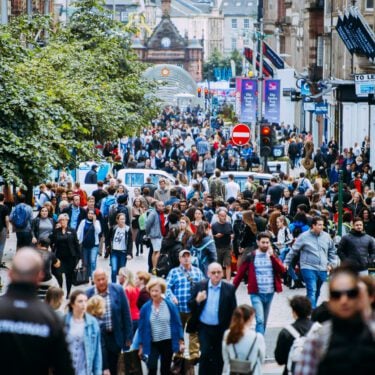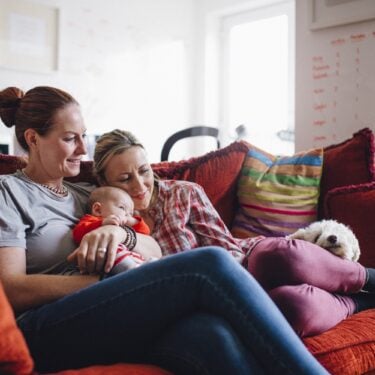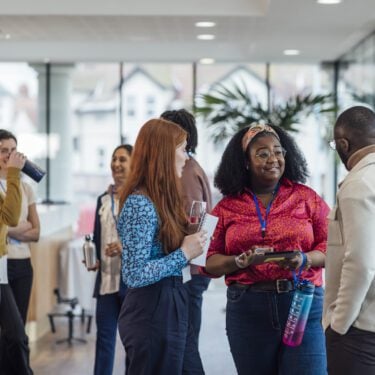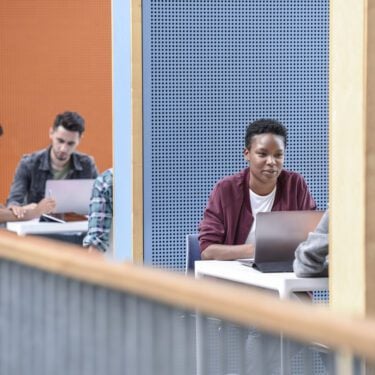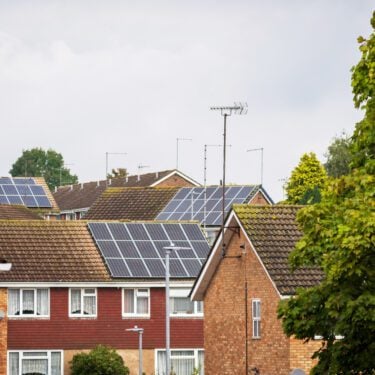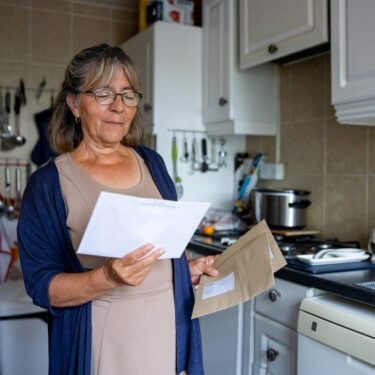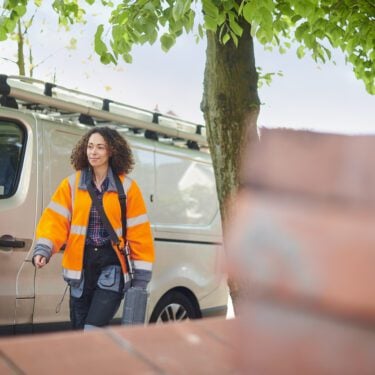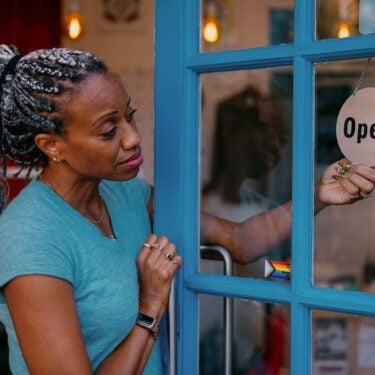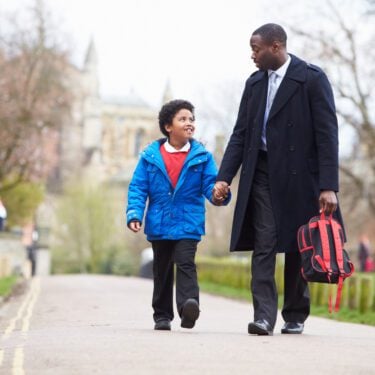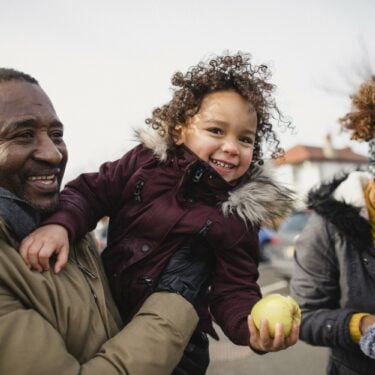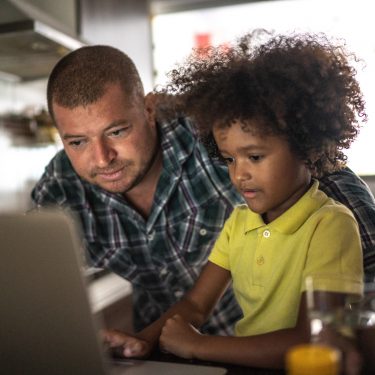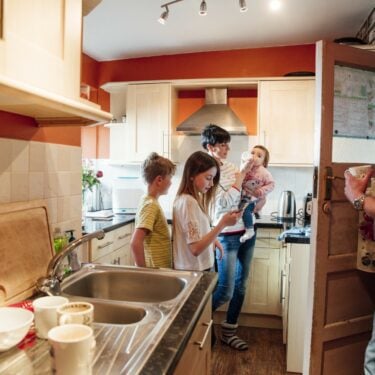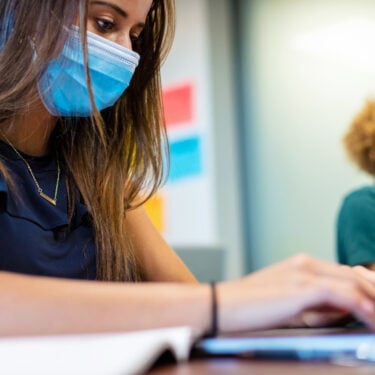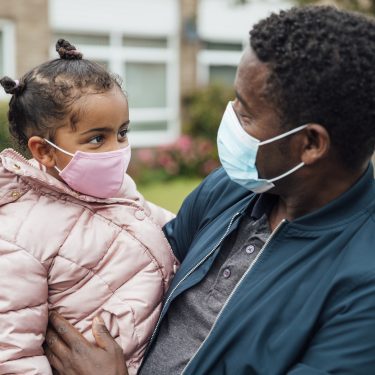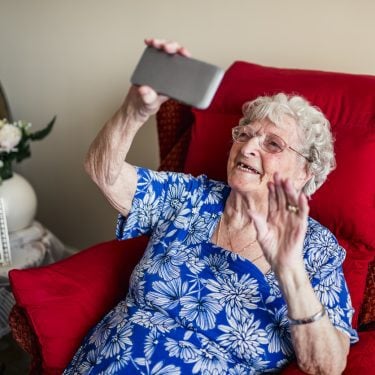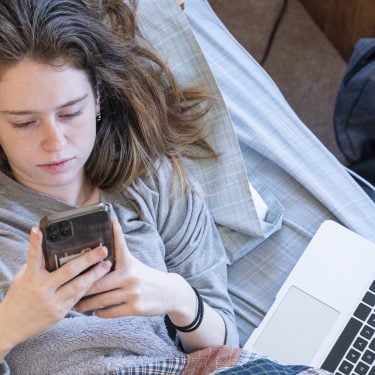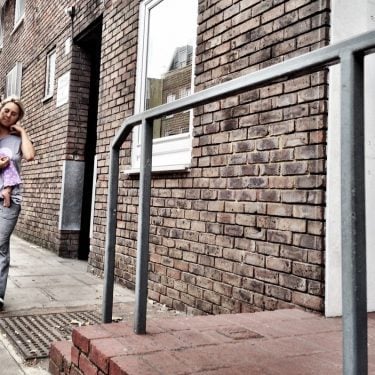The government pledges to ‘level up’ the country and, more recently, the unequal impacts of the COVID-19 crisis have led to an increased focus on geographical inequality. In this context, a new report – part of the Nuffield-funded IFS Deaton Review of Inequalities – finds that geographical inequalities in earnings and household incomes have in fact fallen since the early 2000s.
- After accounting for inflation, mean full-time earnings in London, the region with the highest wages, have increased by just 1.5% since 2002, compared with 5.6% in the rest of the country. This partly reflects big falls in earnings at the top of the earnings distribution since the late 2000s recession, which have affected relatively more people in London. In addition, fewer Londoners have benefited from increases in minimum wage levels.
- Rising housing costs have eaten more into the incomes of households in London and surrounding regions than elsewhere. For example, rents have increased by 43% since 2005 in London, but only 19% in the North East of England. Reflecting these differences, median household income after housing costs has increased by just 6% since the early 2000s in London, compared with 13% outside the capital.
Big gaps in productivity and earnings remain, however. Mean earnings in London are 1.3 times the UK average and 54% higher than in the North East of England. This reflects the concentration of high-paying jobs in London and neighbouring areas: almost 30% of full-time workers in London earn £50,000 a year or more, compared with 10% in the North East, for example. Earnings and incomes lag the national average in former industrial and coastal towns.
London is also pulling ahead of the rest of the country in terms of wealth, health and educational attainment.
Other key findings from the report include:
- Housing market trends mean regional inequality in household wealth has grown at the same time as regional inequality in incomes after housing costs has fallen. Mean property and financial wealth in London and the South East grew 150% and 50%, respectively, in the decade up to 2018. In contrast, it increased by just 3% in the North East of England.
- We shouldn’t ignore the big variation in earnings and incomes within regions – especially in the South of England. Median full-time earnings in Brentwood and South Bucks – two commuter areas close to London – are around 40% above the UK median. But in more distant North Norfolk and Hastings, they are 16% and 19% below the UK median, respectively.
- There are much bigger regional differences in high earnings and incomes than in poverty rates.
- For example, while almost 30% of Londoners working full time earn over £50,000 a year, just 10% of those in the North East, Northern Ireland and Wales do.
- Northern Ireland, where people are nearly 50% less likely to be in the top tenth of the after-housing-costs income distribution than average, has the lowest after-housing-costs poverty rate of any region of the UK.
Inequalities also show up in education, and here London looks remarkably different from the rest of the country.
- The share of young people going to university has increased much more in London than in the rest of the country. 55% of young people attending state schools in inner London now enter higher education, up from 33% in 2005. In contrast, in the South West, participation in higher education has increased from 29% to just 37% over the same period.
- Children receiving free school meals in the capital are at least twice as likely to go to university as children receiving free school meals elsewhere in the country with the exception of the North West and the West Midlands. Even more starkly, they are more likely to go to university than children not receiving free school meals in any other region of the country bar the North West of England.
How the COVID-19 crisis will affect these patterns and trends is as yet unclear. If the hospitality industry struggles to recover, tourism-focused areas, including often deprived seaside towns, could suffer. And a further shift to online shopping could particularly hit high streets in more deprived areas, which have struggled more with repurposing vacant retail space. But there could also be opportunities. Increases in the prevalence and productivity of remote working could reduce the pull of London and other major cities to high-productivity employers and workers, increasing access to high-paid jobs for residents of more peripheral areas. This could narrow gaps not only in incomes, but also in wealth, as property prices adjust.
David Phillips, an associate director at IFS and an author of the report, said:
“It’s clear from our analysis that even prior to the COVID-19 crisis, different parts of the country face different challenges – calling for different policy responses. In London and surrounding areas, the big issue seems to be housing. The high cost of housing pulls down the disposable income of households, especially poorer ones. And the rapid growth in house prices has widened wealth inequalities not just between London and the rest of the country, but also between those on and off the housing ladder in the capital.
“In much of the rest of the country, a bigger issue is low productivity and a paucity of high-productivity firms and high-paying jobs. That’s true even of parts of the South where commuting to London or other high-productivity places is too costly or time consuming.
“As the government develops its policies to ‘level up’ the country, it needs to take this complexity of economic inequalities into account – and play close attention to the risks and opportunities posed by the impacts of the COVID-19 crisis.”
Mark Franks, Director of Welfare at the Nuffield Foundation, said:
“This research demonstrates that there is no simple story when it comes to geographic inequalities – patterns of income, housing costs and wealth are all different across areas. Nevertheless, such inequalities are stark both within regions and between them. The report also raises important questions about the complex link between parental income and participation in higher education, which is strikingly different in London compared to other areas of the UK.”

